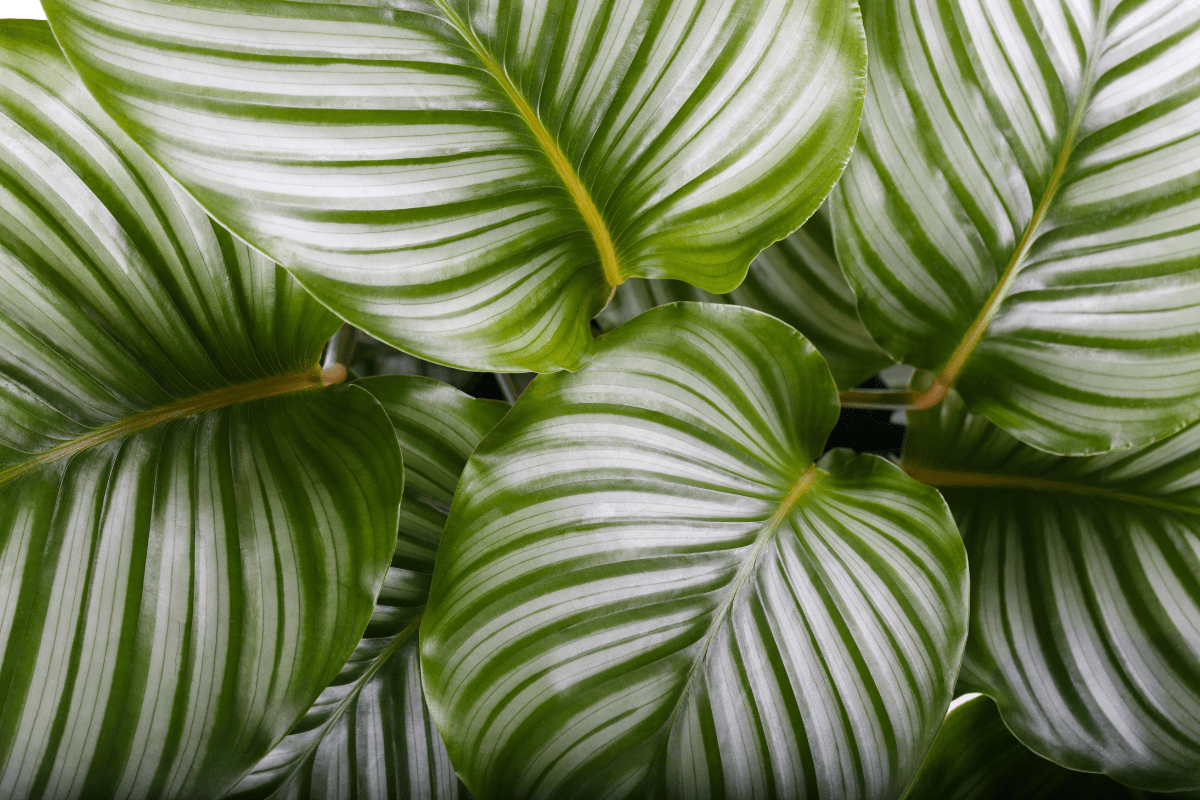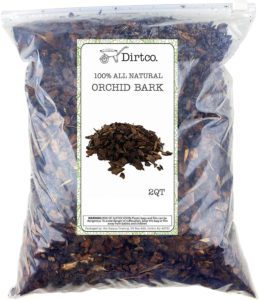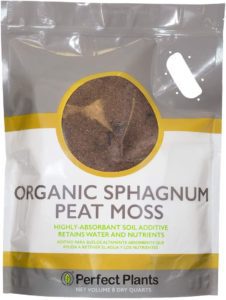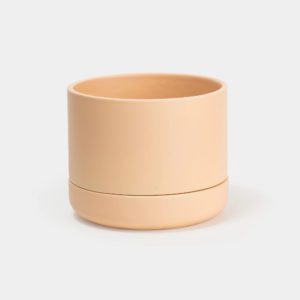The Calathea Orbifolia plant, or Prayer Plant, is a tropical plant that makes any indoor space come to life.
It’s one of the most popular indoor plants, despite being from the fussy prayer plant family.
Here’s everything you need to know about caring for Calathea Orbifolia plants.
Other Common Names: Prayer plant, orbifolia prayer plant
Tags:
- Easy-Care
- Air Purifying
- Pet Friendly
- Big Indoor
- Low Light
Calathea Orbifolia Plant Description
The Calathea Orbifolia originates from South America’s rainforests. It’s characterized by its large, round leaves with silvery-green stripes. Beyond its visual appeal, this plant is known for its air-purifying properties.
Commonly referred to as the “Prayer Plant,” it’s a practical choice for both novice and experienced plant enthusiasts. Proper care ensures it remains a healthy addition to any indoor space.
Calathea Orbifolia Plant Facts
| Common Name | Prayer plant, orbifolia prayer plant |
| Botanical Name | Calathea orbifolia |
| No. Of Species | 1 (specific to this variety) |
| Family | Marantaceae |
| Biological Life Cycle | Perennial |
| Foliage | Large, round, silver-green leaves with pronounced dark-green stripes |
| Mature Size | Up to 2-3 feet in height |
| Time To Maturity | 2-3 years |
| Origin | South America, specifically Brazil |
| Light Conditions | Bright, indirect light. Avoid direct sunlight as it can scorch the leaves. |
| Soil Type | Well-draining potting mix with a good amount of organic matter. |
| Water Ph | Slightly acidic to neutral (6.0 to 7.5) |
| USDA Zones | 10-11 |
| Toxicity | Non-toxic to pets and humans, but it’s always a good idea to keep plants out of reach just in case. |
Popular Varieties of Calathea Plants
Calathea plants are like the chameleons of the houseplant world, always surprising you with their variety and beauty. If you’re a fan of the Calathea Orbifolia, you’re in for a treat because there are so many other cool Calathea buddies out there.
Here are a few you might want to buddy up with:
- Zebra Plant (Calathea zebrina): This one’s got stripes for days! If you’re into bold patterns, the Zebra Plant is your guy. Its dark green leaves with striking light green stripes are a sight to behold.
- Rattlesnake Plant (Calathea lancifolia): Don’t worry, it doesn’t bite! But its wavy green leaves with unique purple undersides might just make your heart skip a beat.
- Peacock Plant (Calathea makoyana): This beauty is all about showing off. With its pale green leaves and dark green feathery markings, it’s like having a piece of the rainforest right in your living room.
- Pinstripe Plant (Calathea ornata): Elegance and sophistication in one. The Pinstripe Plant boasts dark green leaves adorned with thin pink stripes, making it a stunner in any plant collection.
Calathea Orbifolia Care & Maintenance
If you’ve got a Calathea Orbifolia, you’re holding onto a piece of the jungle. These beauties thrive in underbrush conditions, so the trick is to recreate that cozy jungle vibe right in your living room.
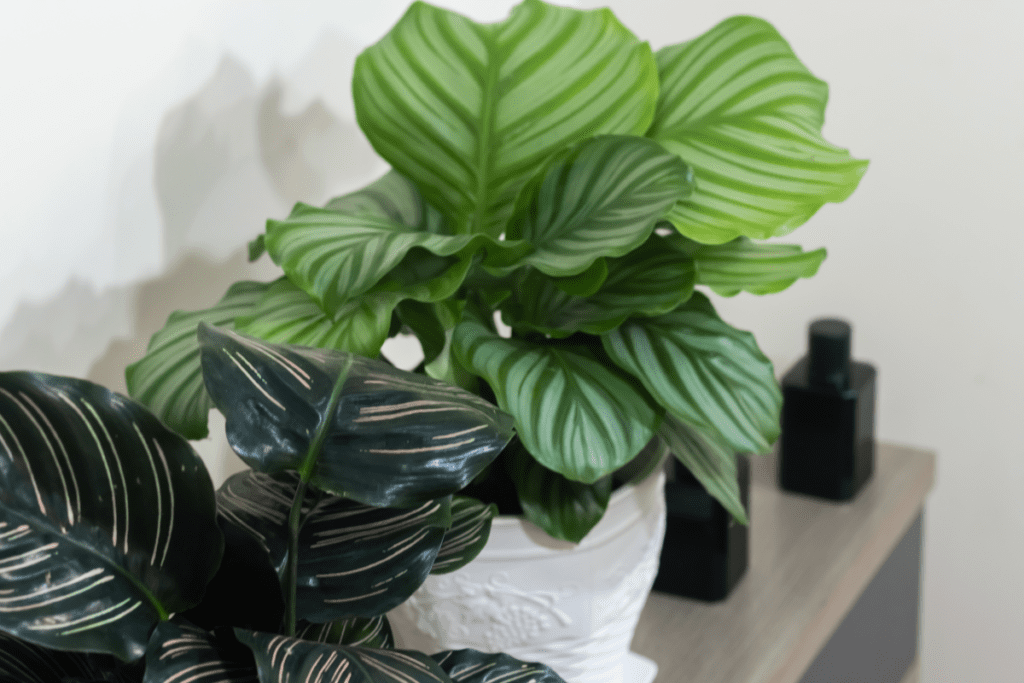
Light
Best light: Low to medium indirect light
Calathea Orbifolia is not a fan of direct sunlight. In the wild, prayer plants are used to being shielded by taller plants, so they prefer dappled light. As with many tropical houseplants, too much direct sun can scorch their leaves, causing them to lose their vibrant patterns.
To keep your Calathea Orbifolia happy, place it in a spot with low to medium indirect light. Diffused light is going to be best. Think of it as giving your plant a cozy shaded spot beneath a tropical canopy.
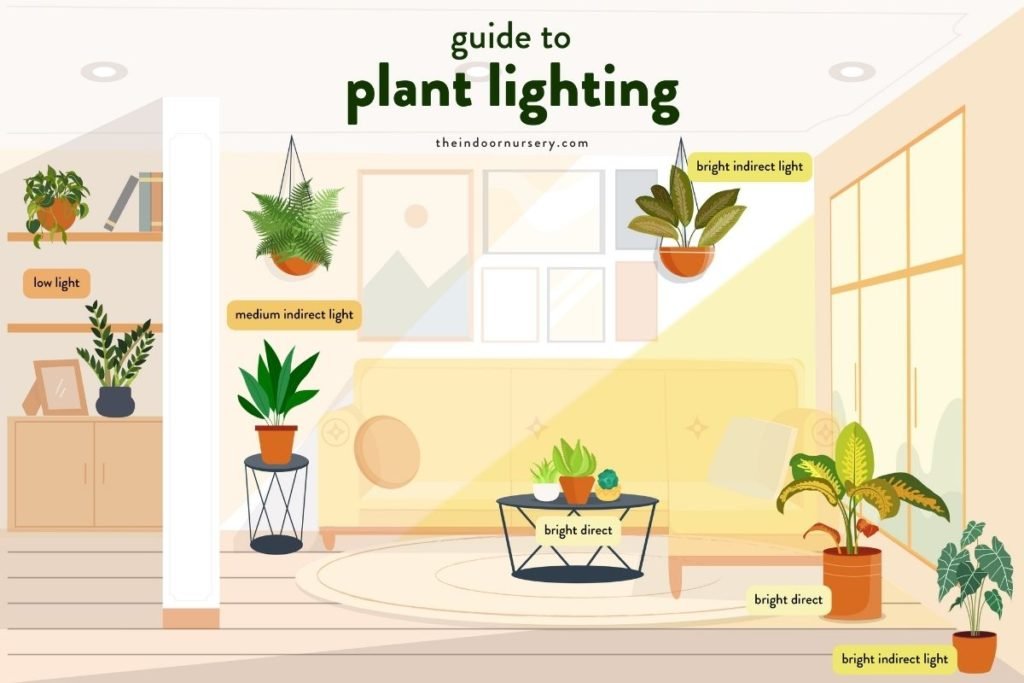
Water
Water needs: Keep the soil consistently moist but not soggy
Calathea Orbifolia loves its water, but it’s a bit picky. It prefers its soil to be consistently moist, but not waterlogged. Generally speaking, when the top inch of the soil feels dry, it’s time to water. Always use a pot with drainage holes to avoid overwatering.
Both overwatering and underwatering can lead to yellowing leaves. Overwatering can cause root rot, which in turn affects the plant’s ability to absorb water and nutrients. Underwatering, on the other hand, can lead to dehydration and stress. Always keep the soil moist, but not soupy 🤢
You can always use a moisture meter to check on the soil moisture level if you’re unsure.
These Calathea Orbifolia plants are sensitive to tap water chemicals, so using filtered or distilled water can make a world of difference.
Humidity
Like all tropical plants, the Calathea Orbifolia is all about that humid life. Originating from tropical rainforests, the Calathea Orbifolia thrives in high humidity. If your home is on the drier side, consider placing a humidifier nearby, or grouping it with other plants.
One of the most common signs of dry air is the curling of the leaves. The plant curls its leaves to reduce its surface area and minimize water loss through transpiration.
Another trick? Place it on a pebble tray filled with water. As the water evaporates, it’ll boost the humidity around your plant.
Temperature
Calathea Orbifolia is a bit of a Goldilocks when it comes to temperature. It prefers conditions that are not too hot and not too cold. Aim for a range between 65°F to 75°F. Avoid sudden temperature drops and keep it away from drafty windows or doors.
Fertilizer
These plants aren’t heavy feeders, but they do appreciate a little nutritional boost during their growing season. From spring to summer, feed your Calathea Orbifolia with a diluted general-purpose liquid houseplant fertilizer every month. Come fall and winter, you can ease up and let it rest.
Soil
Soil Type: Well-draining soil mix of peat, perlite, and orchid bark
pH level: Slightly acidic (6.0 to 7.5)
Calathea Orbifolia loves a well draining soil mix that’s both aerated and retains some moisture. A fresh soil blend of peat moss, perlite, and orchid bark does the trick. To help maintain constantly moist soil, always use something that retains moisture, like peat moss or orchid bark.
And when it comes to soil pH, they prefer things a tad on the acidic side. Check the soil’s pH level if you start to notice any leaf discoloration or brown edges.
Repotting
Every couple of years, your Calathea Orbifolia might outgrow its pot. When repotting Calathea Orbifolia, choose a container that’s only a couple of inches larger in diameter. This ensures the roots have enough space but aren’t drowning in soil. Be gentle, and make sure not to damage the delicate roots.
I really like this bottom-watering pot for thirsty tropical plants like calatheas:
Always use a pot with drainage holes. The plant pot’s drainage holes allow excess water to pass through without gathering at the bottom of the pot, causing root rot. Putting a tray underneath or using a self-watering pot allows the plant’s roots to draw water up whenever it needs it. This also gives the plant’s sensitive roots some space to reach out if the soil becomes too wet or contaminated.
Propagation
Ready to multiply your Calathea family? The best way to propagate is by division. During repotting, gently separate the plant into smaller sections, ensuring each section has roots attached. Plant each division in its own pot, and voila! More Calatheas to love.
Here’s a step-by-step guide to help you out:
- Choose the Right Time: The best time to propagate is during the spring or early summer when the plant is actively growing.
- Prepare Your Tools: You’ll need a sharp, clean pair of scissors or pruning shears. Sterilize them with rubbing alcohol to prevent any potential disease transmission.
- Identify the Mother Plant: This is the original Calathea Orbifolia you want to propagate from. Look for healthy, mature leaves and a robust root system.
- Remove the Plant: Gently take the mother plant out of its pot, shaking off excess soil to expose the roots.
- Divide the Plant: Carefully separate the plant into smaller sections, ensuring each section has a mix of leaves and roots. These sections will become your new plants.
- Plant the Divisions: Pot each division into its own container filled with the appropriate soil mix. Water lightly.
- Provide Optimal Conditions: Place the new plants in a warm, humid spot with indirect light. This will help them establish roots and adjust to their new environment.
- Monitor Growth: In a few weeks, you should see new growth indicating that the propagation was successful.
Pruning
Pruning your Calathea Orbifolia isn’t just about aesthetics; it’s about mimicking its natural environment. In the wild, older leaves would naturally fall off or be eaten. By removing yellowing or damaged leaves, you’re helping the plant redirect energy to healthier growth.
Pests / Disease
Keep an eye out for common pests like spider mites, aphids, and mealy bugs. These critters love the juicy leaves of the Calathea Orbifolia. Regularly inspect your plant and keep it clean. If you spot any pests, a gentle wipe with soapy water or neem oil on a damp cloth should do the trick. And always ensure good airflow to prevent fungal diseases.
Calathea Orbifolia Care Tips
- Mind the Light: Calathea Orbifolia prefers indirect light. Too much direct sunlight can scorch its leaves, causing them to lose their vibrant patterns. Find a spot in your home where it can get bright, filtered light.
- Keep it Humid: This plant thrives in higher humidity. Consider placing a humidifier nearby or placing the plant on a tray filled with pebbles and water. This will ensure the surrounding air stays moist, mimicking its natural habitat.
- Watering Wisdom: Wait until the top inch of the soil is dry before watering. Calathea Orbifolia doesn’t like to be overly wet or too dry. Use lukewarm water to avoid shocking the plant and ensure even moisture.
- Watch the Temperature: Calathea Orbifolia is sensitive to sudden temperature changes. Keep it in a room where the temperature is consistent, ideally between 65°F to 75°F. Avoid placing it near drafts or air conditioning vents.
- Fertilize Sparingly: Feed your Calathea Orbifolia with a diluted general-purpose fertilizer every month during the growing season. However, be cautious not to over-fertilize as it can harm the plant.
Common Calathea Orbifolia Problems
Calathea plants are known for a few common problems. Calathea Orbifolia, with its striking round leaves, can sometimes throw a fit if not given the right care. One common hiccup is brown leaf edges, often a sign of low humidity or overwatering.
Another frequent issue? Drooping leaves, which might mean your plant is thirsty or it’s getting too much direct sunlight.
Calatheas are a bit dramatic 💃, but with a keen eye, you can easily spot and fix these issues. Keep an eye out, adjust care as needed, and your Calathea Orbifolia will be back to its radiant self in no time!
Why are the edges of my Calathea Orbifolia turning brown?
This is often a sign of low humidity or underwatering. Ensure your plant is in a humid environment and keep the soil consistently moist but not soggy.
My Calathea Orbifolia’s leaves are curling. What’s wrong?
Curling leaves can be a reaction to stress, such as sudden temperature changes or overwatering. Check the plant’s environment and adjust as necessary.
The color of my Calathea Orbifolia’s leaves is fading. Why?
Fading or pale Calathea Orbifolia leaves might indicate that your plant is receiving too much direct sunlight. Calathea Orbifolia prefers indirect light, so consider relocating it to a shadier spot.
There are yellow spots on my Calathea Orbifolia. What should I do?
Yellow spots can be a sign of a pest infestation, like spider mites. Inspect your plant closely and treat with insecticidal soap or neem oil if pests are found.
Why isn’t my Calathea Orbifolia growing?
Slow growth can be due to various factors, including inadequate light, improper watering, or lack of nutrients. Ensure you’re meeting all care requirements for optimal growth.

